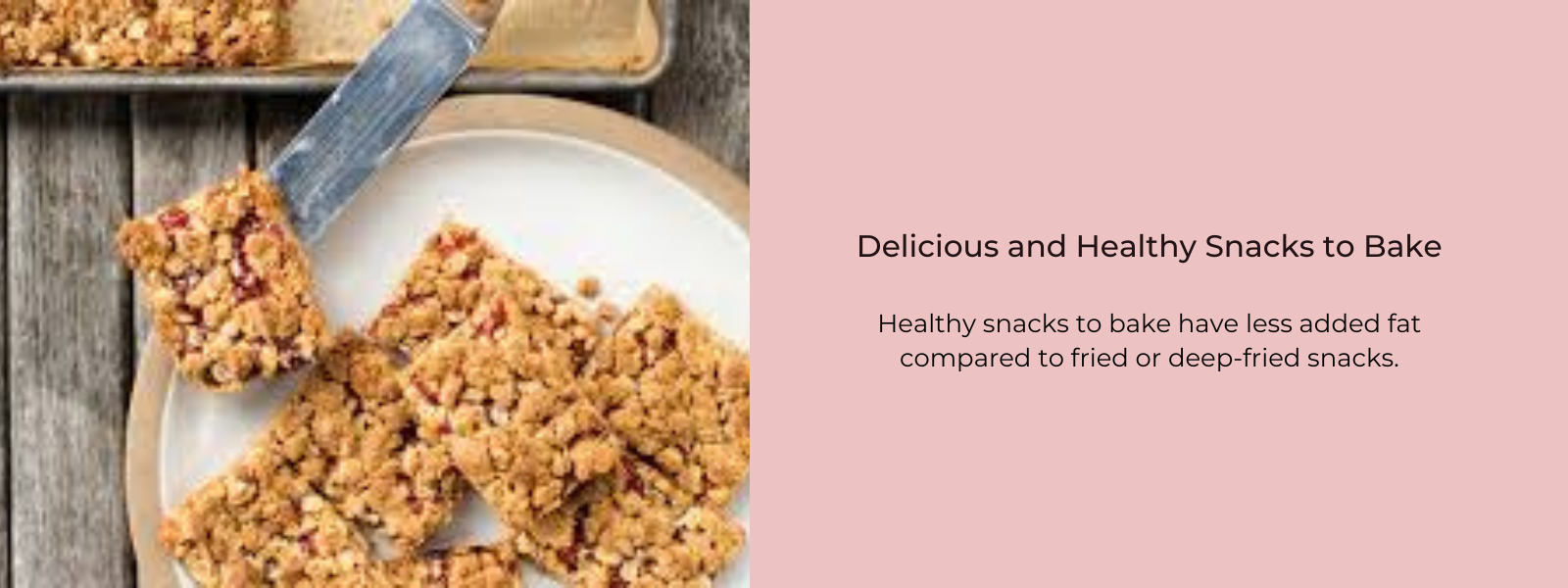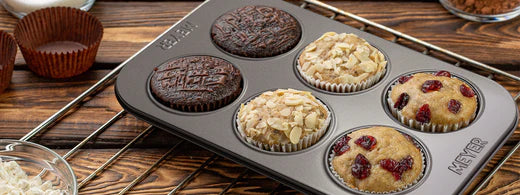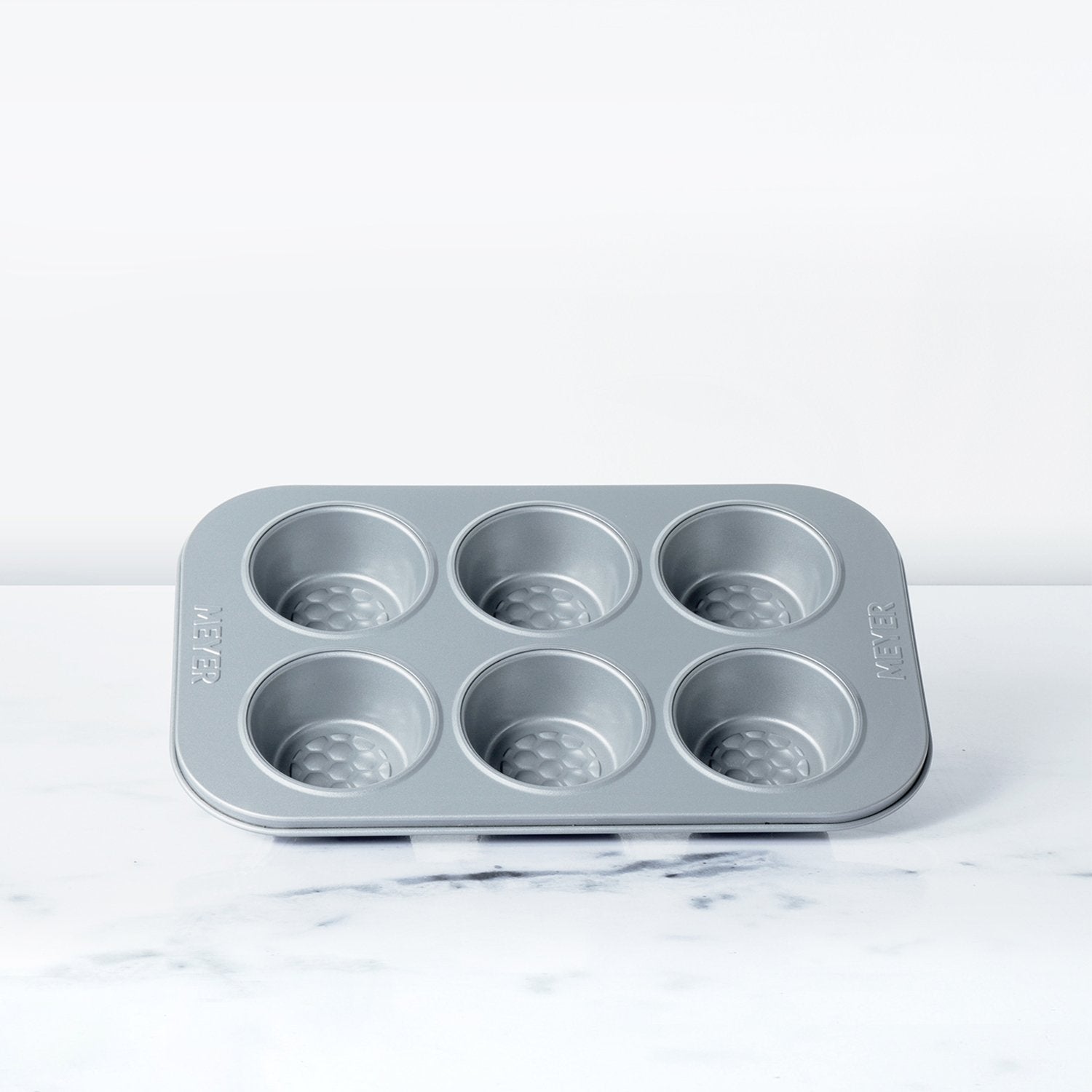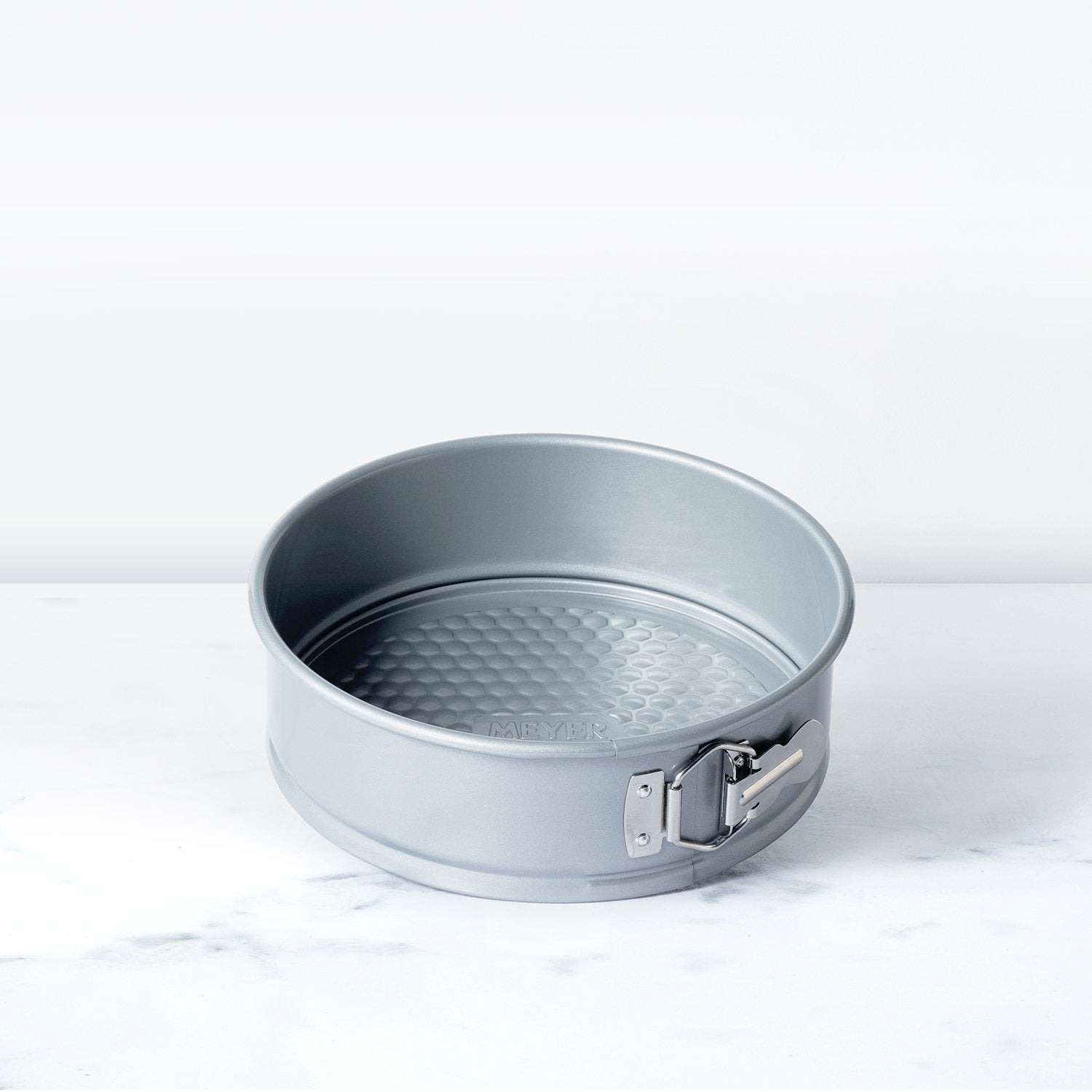The calorie count of popular fast food desserts can vary significantly depending on the size, ingredients, and preparation methods. Many fast food desserts are high in calories, sugar, and unhealthy fats, making them a less nutritious choice. Desserts like milkshakes, sundaes, and ice cream cones can contain several hundred calories per serving, with some larger sizes exceeding 1,000 calories. Similarly, baked goods such as cookies, brownies, and pies can also be calorie-dense, particularly when they are oversized or made with added sugars and fats. While these treats can be enjoyed occasionally as part of a balanced diet, it's important to be mindful of portion sizes and frequency of consumption to maintain overall health and manage calorie intake.
Table of Contents
Popular Fast Food Desserts Include:
- Milkshakes: Creamy and indulgent, milkshakes are often available in various flavors like chocolate, vanilla, and strawberry, sometimes topped with whipped cream and a cherry.
- Ice Cream Cones/Sundaes: Soft-serve or hand-scooped ice cream served in a cone or dish, often with toppings like hot fudge, caramel sauce, nuts, sprinkles, and whipped cream.
- Cookies: Chocolate chip cookies, sugar cookies, and other baked treats are often available as standalone items or as part of combo meals.
- Brownies: Rich and fudgy, brownies are a popular dessert option at many fast food chains, sometimes served warm with a scoop of ice cream on top.
- Pies: Fruit pies like apple or cherry, as well as cream pies like banana cream or chocolate cream, are commonly offered as desserts at fast food restaurants.
- Donuts: Glazed, frosted, or filled donuts are a sweet and satisfying treat available at many fast food chains, often offered in assorted flavors.
- Frozen Yogurt: A lighter alternative to ice cream, frozen yogurt is sometimes available at fast food restaurants with various toppings and flavor options.
- Cakes/Cupcakes: Some fast food chains offer individual slices of cake or cupcakes in flavors like chocolate, red velvet, or carrot cake.
Calorie Count In Some Popular Fast Food Desserts
The calorie count of popular fast food desserts can vary widely depending on factors such as portion size, ingredients, and preparation methods. Here are the approximate calorie counts for some common fast food desserts:
- Milkshakes: A small milkshake can contain anywhere from 300 to 500 calories, while larger sizes or specialty flavors may exceed 700 calories or more.
- Ice Cream Cones/Sundaes: A small soft-serve ice cream cone typically ranges from 150 to 300 calories, while larger sizes or sundaes with toppings like hot fudge and whipped cream can have upwards of 500 to 800 calories or more.
- Cookies: A single chocolate chip cookie may contain around 150 to 250 calories, depending on size and ingredients. Larger or specialty cookies may have even more calories.
- Brownies: A standard-sized brownie can contain anywhere from 200 to 400 calories, with variations depending on ingredients like nuts, chocolate chips, or frosting.
- Pies: A slice of fruit pie like apple or cherry can range from 300 to 500 calories, while cream pies like chocolate or coconut cream may contain 400 to 600 calories per slice.
- Donuts: A single glazed or frosted donut typically contains around 200 to 300 calories, while filled or specialty donuts may have more.
- Frozen Yogurt: A small serving of frozen yogurt may range from 100 to 200 calories, but this can increase significantly with toppings like candy, cookies, or syrups.
- Cakes/Cupcakes: A slice of cake or a single cupcake can vary widely in calorie content depending on size, frosting, and filling, but may contain anywhere from 200 to 500 calories or more.
Why Should You Know Calorie Count Of Popular Fast Food Desserts?
Being concerned about the calorie count of popular fast food desserts is important for several reasons:
- Weight Management: Consuming high-calorie desserts frequently can contribute to weight gain or hinder weight loss efforts, especially if they are consumed in addition to regular meals and snacks. Being mindful of the calorie content can help individuals make informed choices and maintain a healthy weight.
- Nutritional Balance: Fast food desserts are often high in calories, sugar, and unhealthy fats, but low in essential nutrients like vitamins, minerals, and fiber. Overconsumption of these foods can lead to nutrient deficiencies and negatively impact overall health and well-being.
- Blood Sugar Control: Desserts that are high in sugar and refined carbohydrates can cause rapid spikes and crashes in blood sugar levels, leading to feelings of fatigue, irritability, and cravings for more sweets. Monitoring calorie intake from desserts can help stabilize blood sugar levels and prevent these fluctuations.
- Chronic Disease Risk: Regular consumption of high-calorie desserts, particularly those high in added sugars and unhealthy fats, is associated with an increased risk of chronic diseases such as obesity, type 2 diabetes, heart disease, and certain cancers. Being mindful of calorie intake can help reduce the risk of these health conditions.
- Overall Dietary Quality: When individuals consume too many calories from fast food desserts, they may be displacing more nutrient-dense foods from their diet, such as fruits, vegetables, whole grains, lean proteins, and healthy fats. Prioritizing nutrient-dense foods over high-calorie desserts is important for maintaining overall dietary quality and supporting optimal health.
Home-Made Alternatives Of Fast Food Desserts:
Making homemade alternatives to fast food desserts can be a fun and rewarding way to satisfy your sweet tooth while controlling the ingredients and calorie content. Here are some homemade alternatives to popular fast food desserts:
- Fruit Parfaits: Layer Greek yogurt with fresh berries or sliced fruit in a glass or bowl, and top with a sprinkle of granola or chopped nuts for added crunch and flavor.
- Frozen Banana "Ice Cream": Blend frozen bananas in a food processor until smooth and creamy, then customize with mix-ins like cocoa powder, peanut butter, or berries for a healthier alternative to traditional ice cream.
- Oatmeal Raisin Cookies: Bake homemade oatmeal raisin cookies using whole grain oats, raisins, and a moderate amount of natural sweeteners like honey or maple syrup instead of refined sugars.
- Greek Yogurt Popsicles: Mix Greek yogurt with pureed fruit and a touch of honey, then pour into popsicle molds and freeze for a refreshing and nutritious treat.
- Dark Chocolate Covered Almonds: Melt dark chocolate and dip whole almonds into the melted chocolate, then place on a parchment-lined baking sheet and refrigerate until set for a satisfying combination of sweetness and crunch.
- Homemade Fruit Sorbet: Blend frozen fruit with a splash of fruit juice or water until smooth, then freeze until firm for a refreshing and naturally sweet dessert.
- Baked Apples: Core apples and fill with a mixture of oats, cinnamon, and a drizzle of honey, then bake until tender for a warm and comforting dessert that's lower in calories than apple pie.
- Homemade Trail Mix: Combine a variety of nuts, seeds, dried fruit, and a sprinkle of dark chocolate chips for a customizable and portable snack that satisfies sweet cravings without the excess calories.
- Chia Seed Pudding: Mix chia seeds with your choice of milk (such as almond or coconut milk) and a natural sweetener like honey or maple syrup, then refrigerate until thickened for a nutritious and customizable pudding alternative.
- Baked Fruit Crisp: Top sliced fruit with a mixture of oats, whole wheat flour, cinnamon, and a touch of coconut oil or butter, then bake until bubbly and golden brown for a wholesome dessert option that's perfect for sharing.











Leave a comment